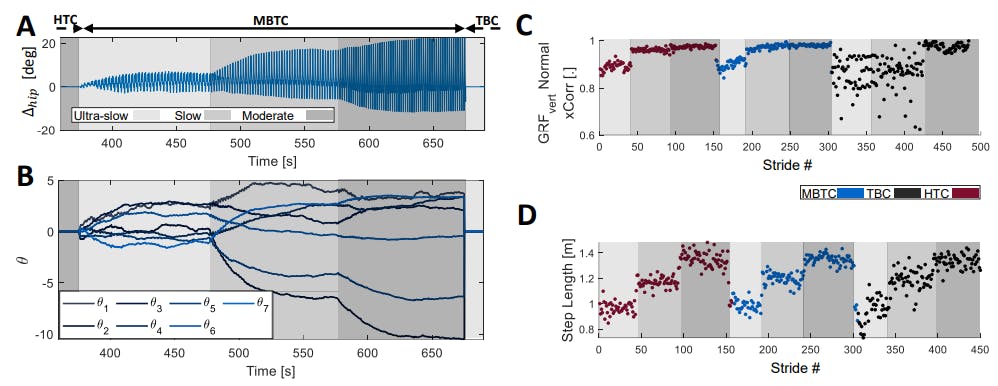
How We Studied the Effects of Different Exoskeleton Controllers on Gait Patterns
26 Jan 2025
This study analyzes how different exoskeleton controllers affect gait patterns, muscle activation, and ground reaction forces across various walking speeds.
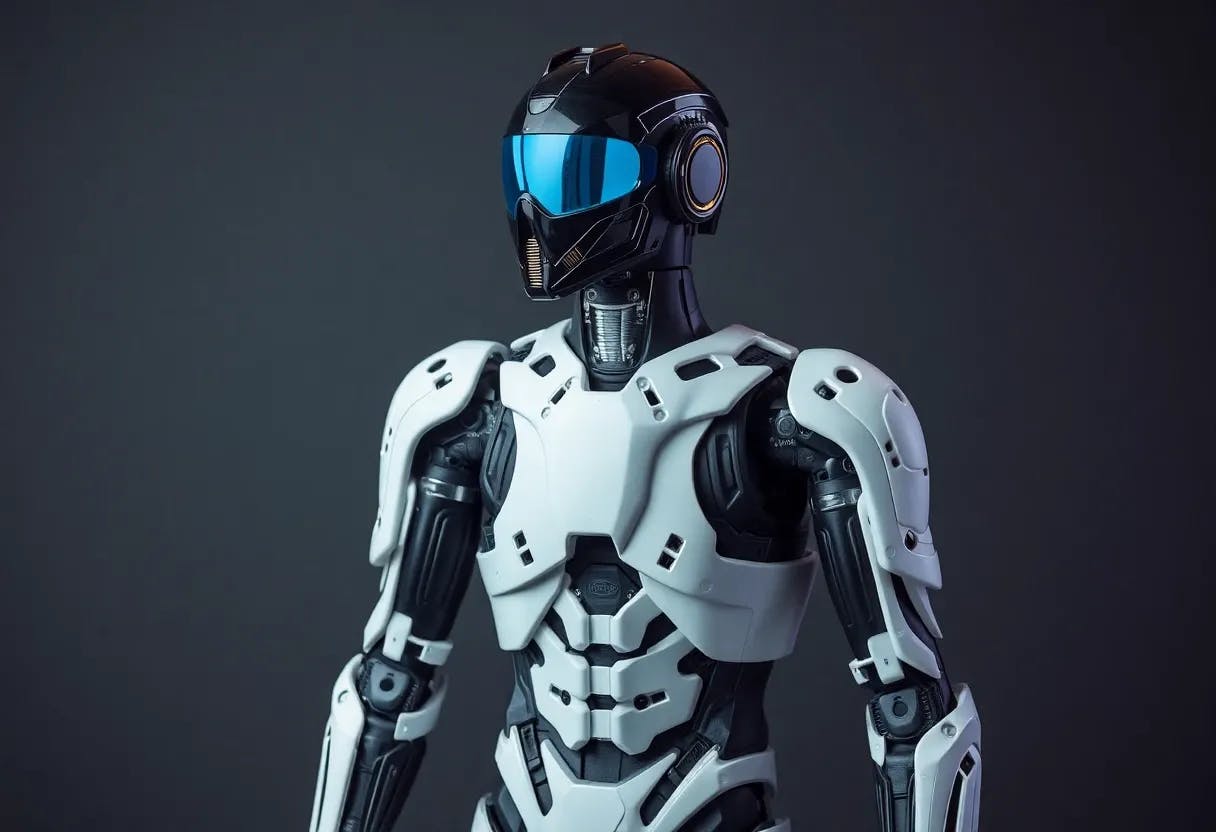
How We Measure the Impact of Exoskeletons on the Body
26 Jan 2025
Explore the data analysis techniques used to assess human-exoskeleton interaction, including ground reaction forces, muscle activation, interaction torque.
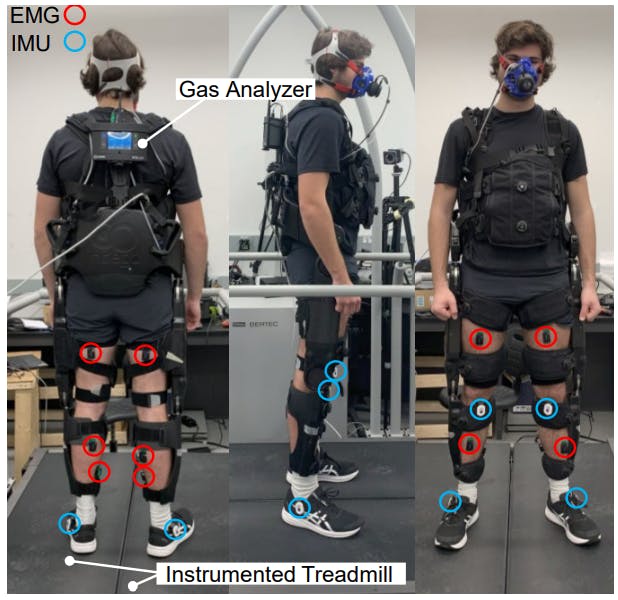
How to Test the Performance of an Exoskeleton
25 Jan 2025
Explore the experimental setup and protocol for evaluating three exoskeleton control strategies—TBC, HTC, and AMTC—in a study with nine able-bodied participants
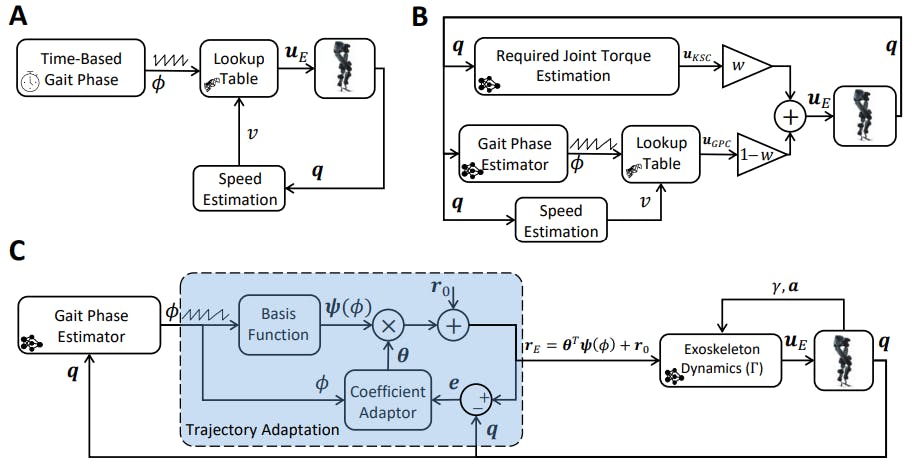
What’s the Best Way to Control an Exoskeleton?
24 Jan 2025
Discover how three exoskeleton control strategies—time-based, hybrid, and adaptive models—differ in their approach to improving human-exoskeleton interaction.

How User Weight Affects Exoskeleton Performance
24 Jan 2025
Interaction portrait analysis reveals HTC’s suitability for power augmentation and AMTC’s rehabilitation potential.
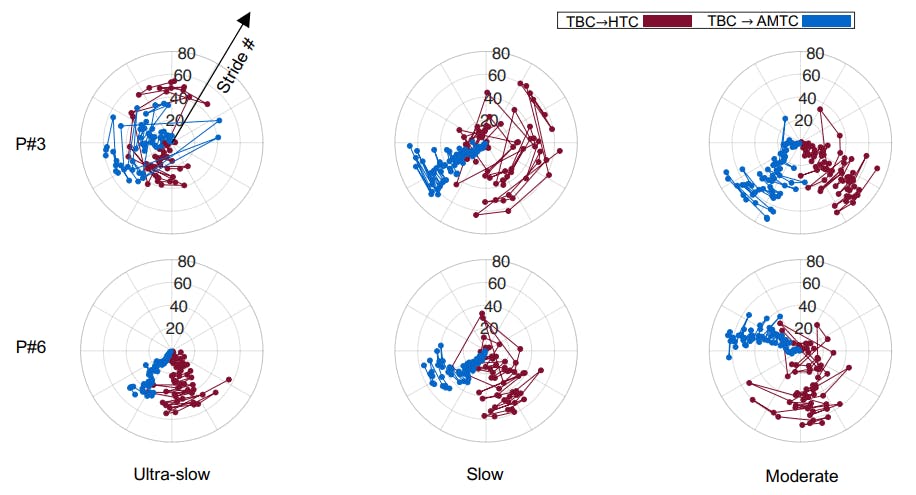
Why Some Exoskeletons Make Walking Easier Than Others
24 Jan 2025
IP analysis highlights user strategies with AMTC and HTC controllers, aiding in tailoring exoskeletons for power augmentation or rehabilitation applications.
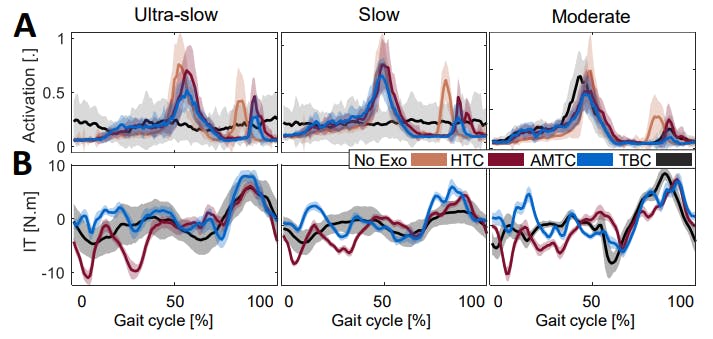
Why Do Exoskeletons Work Better at Faster Walking Speeds?
24 Jan 2025
TBC controllers hinder human-robot co-adaptation due to limited adaptability, causing inconsistent gait & torque metrics at slower speeds, especially for users.
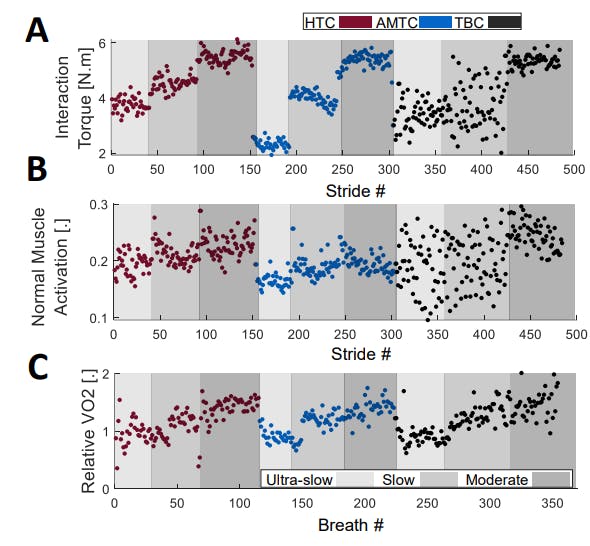
Which Exoskeleton Technology Is Easiest on Your Muscles?
24 Jan 2025
AMTC outperforms other exoskeleton controllers by reducing metabolic costs and interaction torque during ultra-slow and slow walking, improving user harmony.
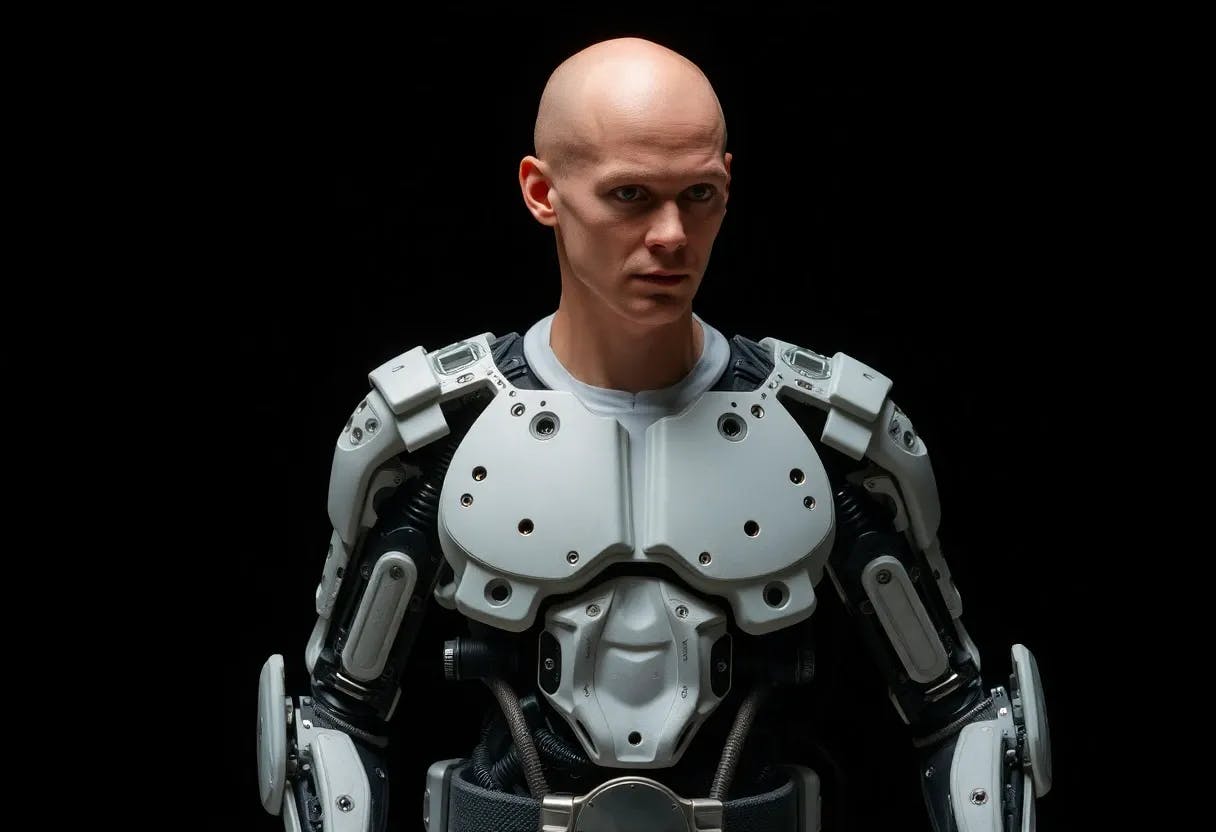
New Study Shows Exoskeletons Now Adapt to You, Not the Other Way Around
24 Jan 2025
Discover how Interaction Portraits improve human-exoskeleton coordination by analyzing muscle activity and torque for rehab and power applications.
